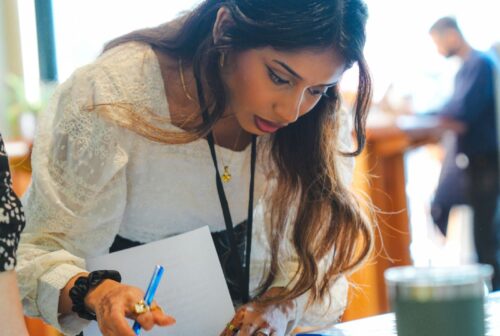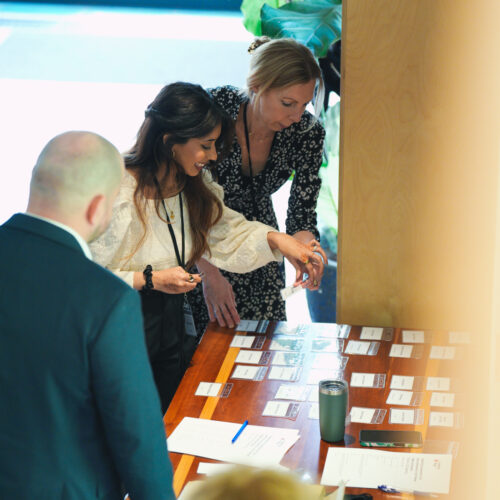Language, identity and inclusion in the built environment

South Asian Heritage Month is an opportunity to reflect on the journeys that shape who we are. This year’s theme, Roots to Routes, got me thinking about the connections between heritage, identity, and place, and how those elements show up in my day-to-day work.
As a British-Bangladeshi woman working in the built environment, I often consider how people’s experiences and cultural backgrounds influence the way they relate to their surroundings. Planning and development aren’t just about places or buildings; they’re fundamentally about people. Understanding someone’s sense of belonging and how comfortable or represented they feel in their community, is crucial. Recognising this has changed the way I think about engagement and why it matters.
A name, a place and a story
Earlier this month, I attended a South Asian Heritage Month event hosted by PREACH Inclusion, where Sheela Banerjee spoke about the quiet power of names and what it means when they’re mispronounced, shortened, or erased. It was a conversation about identity, yes, but also about place. About how the spaces we move through can either affirm or flatten who we are.
As Sheela spoke about migration, family history and layered identities, I found myself reflecting on the spaces I move through in my work – village halls, stakeholder workshops, community meetings – and the role we play in making those places more open and welcoming. Inclusion doesn’t begin at the masterplan stage. It begins with the words we use, the stories we listen for and the languages we acknowledge.
Language as a route to inclusion
For one of our recent projects at Canary Wharf, I led on translating our engagement materials into Bengali to better connect with residents in Tower Hamlets. Rather than relying on direct or automated translation, I made sure the wording captured the same welcoming, conversational tone in Bengali that we use in English. Phrases like “Have your say!” were translated with care, ensuring they felt just as inviting in Bengali, rather than defaulting to a colder, more literal “Complete our survey.”
Even in the survey response options, small choices made a difference. Another example was the survey option “Attracting more wildlife,” which I adapted to “আরও বন্যপ্রাণী পাওয়া.” This translates more closely to “finding more wildlife,” a rewording that felt natural to a Bengali-speaking audience. Since there is no direct or intuitive translation for the word “attracting” in this context, a literal approach would have sounded awkward or unclear.
This attention to detail had a clear impact. It encouraged participation from residents who might otherwise have overlooked the project and brought forward insights we had not heard before. For many, seeing materials in their first language, presented thoughtfully, signalled genuine recognition, not just accessibility.
Working on this reminded me how much inclusive engagement depends on small, human-centred decisions. When language is approached with care, it becomes one of the many ways we create space for more people to feel respected, empowered and involved in shaping their surroundings.
Carrying roots into our routes
The Roots to Routes theme encourage us to think about how our personal histories shape the paths we take today. For me, growing up British-Bangladeshi meant speaking English at school and Sylheti at home, moving comfortably between two languages and cultures, and recognising early on that language plays a powerful role in shaping identity and belonging.
Working in the built environment now, I often reflect on how these experiences inform my approach. Our sector hasn’t always mirrored the communities it serves, but I can see positive changes happening.
It’s essential that we continue building on this progress. My own journey into this industry was influenced by identity and a desire to help others feel seen, but inclusion goes beyond just representation. It’s about ensuring people from all backgrounds genuinely feel recognised, comfortable and heard when shaping the places they call home.

